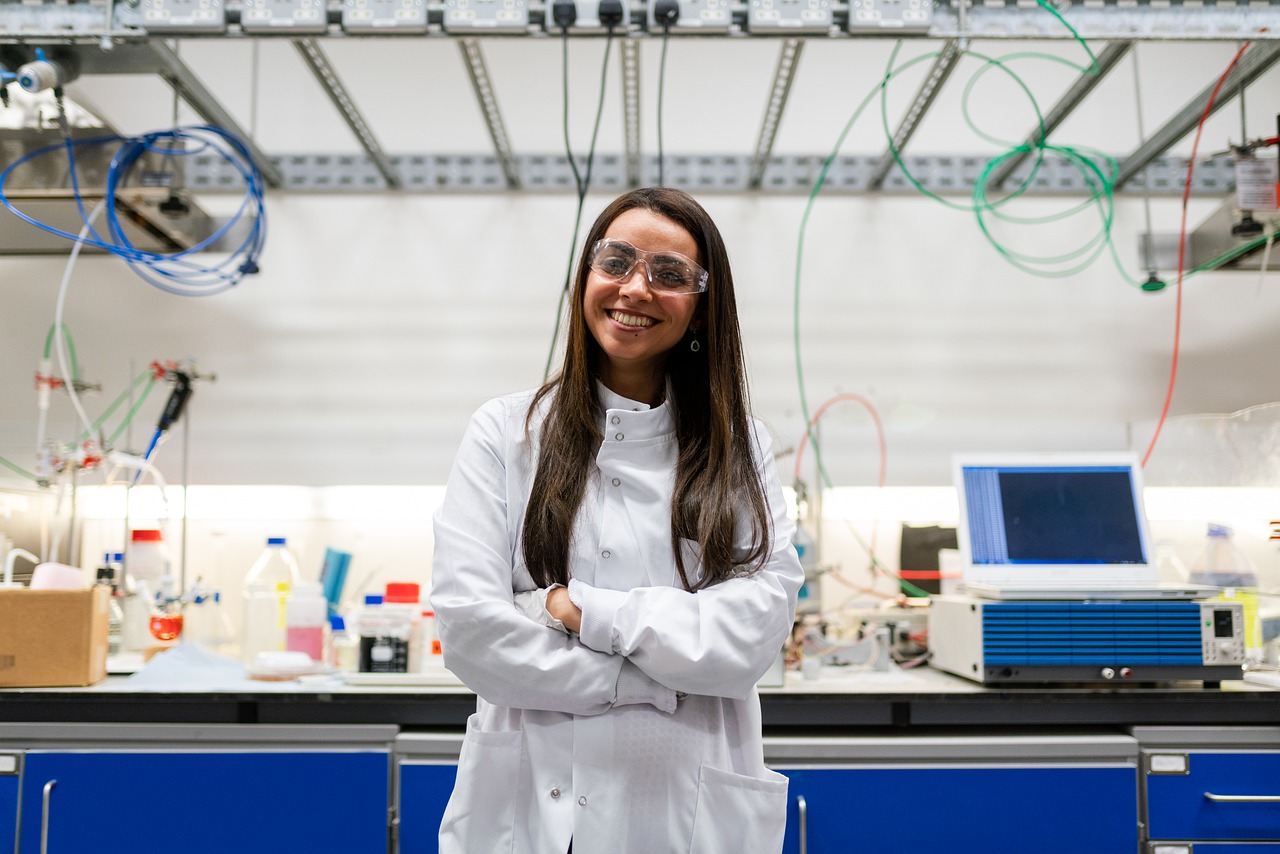Research and Engineering Group
1st Quarter Report-2018
About Us:
The Research and Engineering Group acts as the heart of the mission of Save the Water™ (STW™). The founders set up the non-profit Save the Water™ with a for-profit sister company named WaterPure™ Corporation (WPC). STW™ would perform water research and analysis. At the same time, WPC would build the proprietary water treatment equipment and support STW™ by performing all research and laboratory work. The same people founded both STW™ and WPC.
For a few years, the founders of both organizations focused on funding the for-profit with an intent to donate sufficient funds to the non-profit to open the laboratory. But the the beginning of the 21st Century did not favor funding a new business. As a result, the funding required for WPC was not obtained.
In 2010, it was determined that Save the Water™ had enough merits to no longer wait for WaterPure™ to raise funds. That same year, founder Frank Ramos donated WPC’s technologies to STW™. Now STW™ owns the proprietary technologies eFloc™, eNox™, and FloNox™. As a result, STW™ can license these technologies to WPC or any other company for manufacture.
Working with Technologies
As a result of transferring ownership of the water treatment technologies, the Research & Engineering Group can now work and improve the technologies and make them workable in the current business market.
The proprietary technologies can add a lot of proven value and benefit. Additionally, the business model of a mobile full-service water treatment company that can clean water on a cost per gallon basis is unique and thus very attractive for funding because of the many potential applications.
The Research and Engineering Group is also involved in various research projects, such as the Florida Everglades Project and Advanced Oxidation Technology (AOT), to obtain funding from various resources. Ten scientists/engineers are now volunteering in the Research and Engineering Group. The organization chart is presented for further reference below.
Current Ongoing Projects / Technologies (Engineering):
Wastewater Treatment using Electroflocculation (eFloc™) technique:
To make the existing business model and technology feasible in the current business world, the Research and Engineering Group is updating the estimation of the manufacturing cost for electroflocculation and photolytic oxidation (eFloc™, eNox™) systems based on the available old purchase orders of these technologies.
Manufacturing Cost Estimation for eFloc™ System:
To gather the required budgeting information based on the existing design flow diagrams, we first started with developing spreadsheets of items required in eFloc™ system fabrication. Then, we used the available flowsheets and purchasing orders to develop a complete spreadsheet of every item as a part of the eFloc™ project from the pumps, pipes, and mechanical vessels to the cost of labor, drafters, and engineering staff.
Next, we started researching the current price of each item on the websites of vendors from the old purchase orders. This way we found the current prices for more than 75% of the items. For the remaining items, either the price depended on the characteristics of the influent to be treated or the vendors could not provide an accurate price. To proceed with the project, the Research and Engineering team decided to estimate new prices of remaining items by multiplying by a factor of plus 50%. This estimation method allowed us to price all items and to finish the price calculation phase of the project. Based on recent communications with various vendors, the overall estimated manufacturing cost for an eFloc™ system is now approximately $1,674,000.
Manufacturing Cost Estimation for eNox™ System:
Similar to the eFloc™ system, we first started with developing spreadsheets of items required in the eNox™ system. Then, we used that flowchart and purchase orders provided by Dr. Cole to develop a complete spreadsheet of every item. Next, to optimize efficiency, we inserted the prices of similar items from the eFloc™ spreadsheet into the eNox™ spreadsheet. Then we updated the prices of the rest of the items from the websites of vendors. For the price of the remaining items (about 30%) for which an accurate price was not currently available, the engineering team decided to estimate new prices of remaining items by multiplying the old prices by a factor of plus 50%. The total cost estimate of an eNox™ system at this time is about $300K.
eFloc™ Container Design:
To give the eFloc™ the ability to work in any environment and climate condition, STW™ decided to install the system inside a 53 ft shipping container. Moreover, this design also makes the system mobile. As a result, we can move the system to different places and project sites. But this challenged the Research and Engineering team because the team must select all the items based on the container’s length, height, and width limitations. Therefore, we must find out the dimensions of each item for the next phase of our project. We have started gathering size information and are proceeding with the phase.
We are starting the next phase of the project which is the container design phase. In this phase, first, we will use a 3D graphics software to draw each part of the system separately based on the size information. Second, we will try different setting configurations to figure out how and where each item must be placed inside the container to ensure meeting design specifications and fitting the entire system inside the container.
AOT Project:
Save the Water™ is working with Tito’s Distillery in Austin, Texas to design and to build an Advanced Oxidation (AOT) water treatment system for use in the distillery’s 14-acre organic farm. The system will use sand and charcoal as reactive filter media. At first, the system will be used to purify municipal water from the City of Austin. Ultimately, however, the system could treat rainwater collected from the 30,000 square-foot roof of the facility.
Current Ongoing Research Project:
Florida Everglades Grant Proposal project:
The Florida Everglades replenishes the only source of fresh public drinking water in South Florida. Additionally, the Everglades hosts a multitude of species across its varied ecosystem. The Everglades system, however, is highly vulnerable to contamination from industry and agriculture. Implementation of the Comprehensive Everglades Restoration Plan redirects and increases the flow of potentially contaminated water into the Everglades. Thus, the Plan can amplify risk of pollution, especially from pesticides. Therefore, we must monitor the Everglades continuously, now and in the future, to detect and to warn of any toxic chemicals that may be present. To that end, Save the Water™ has prepared a grant proposal. Save the Water™ is soliciting funds to establish a Comprehensive Water Quality Study of the Florida Everglades. This study will help ensure the conservation of an important ecosystem and the safety of public drinking water.
Under this study, the STW™ Research Laboratory will analyze water and sediment samples to test for a large range of contaminants, including those not typically considered by municipal water suppliers. Some chemicals, especially pesticides, have been identified as endocrine disruptors. These chemicals pose a particular concern because they are not currently subject to regular monitoring. Other scientists and organizations have already measured many such chemicals in the Everglades. These chemicals have been shown to harm aquatic wildlife. Thus, the proposed study promises to fill an urgent gap in water quality monitoring.
Progress: Research
To prepare this grant proposal, members of STW™ have researched to gain a background understanding of the history and hydrology of the Everglades. They also researched the population that could be put at risk by its contamination. To make a case for the proposed study, STW™ members have reviewed studies of pollutants found in the Everglades. The members also investigated the use of pesticides in South Florida agriculture. Moreover, members identified toxic chemicals of concern. The proposal also outlines the implementation of the proposed monitoring. Now, the proposal includes a budget for the study and a timeline for implementation. The supporting documents and proposal are in the Everglade Grants Proposal folder.
Chemicals without Analytical Methods in Water:
The purpose of STW™ analytical laboratory is to advance the research and knowledge of detecting contaminants in water. The multi-faceted focus of the research is detecting and monitoring, water quality and ecotoxicity on unregulated Contaminants of Emerging Concern (CECs) (CCL, UCMR) chemicals. This focus will provide information that will help prioritize research direction on chemical contaminants to STW™ management. The Research & Engineering Group is working on a listing of various chemicals found in the Chemical Abstract the U.S. Environmental Protection Agency (EPA) website. Also, the Research & Engineering Group is assessing other websites and chemical journals for further addition of chemical contaminants list.
List of upcoming projects:
- Research companies in the vicinity of the Everglades that use CECs (Background in Chemical Engineering or Chemistry Research)
- Research Endocrine Disruptors (EDs) in priority of toxicity (Background in Toxicology or Chemistry Research)
- Research EDs (1990s) in the St. Johns River, FL, and alligators and any follow-up studies (Background in Chemistry Research or Toxicology Research)- In Progress
- Toxic Substances Hydrology program
Quick References:
- Wastewater Treatment using Electroflocculation : eFloc™ Development , eNox™ Development
- Wastewater Treatment using AOT technology: AOT
- Chemicals without analytical method in water: Chemical Abstract Research Program
- Florida Everglades Grant Proposal: Florida Everglades Research Program




